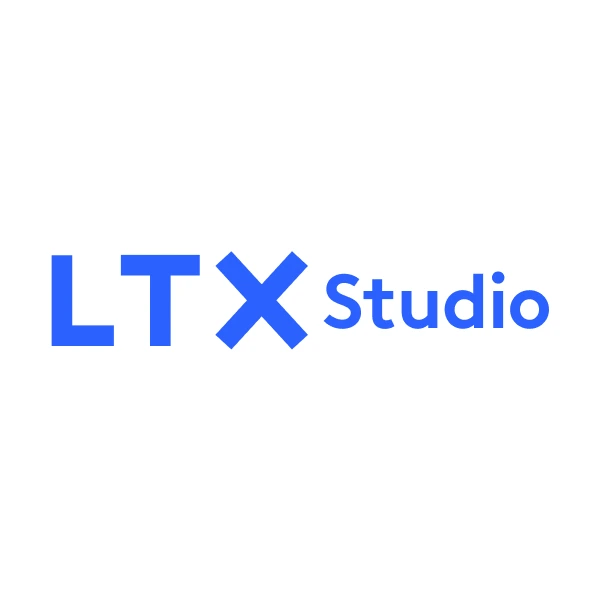You hear Morgan Freeman’s voice but never see him speaking in March of the Penguins. Joe Pesci tells the Goodfellas story while scenes unfold. Red guides us through Shawshank Redemption’s emotional journey.
These unseen voices add narrative depth beyond what cameras show.
What is a voice-over and how can tools like LTX simplify professional narration? Let’s dive into the audio technique that tells stories through invisible speakers.
{{blog-banner-static03}}
What is a Voice-Over?
A voice-over is narration spoken by an off-screen voice heard over visuals. The speaker doesn’t appear on camera. Voice-overs provide information, reveal thoughts or guide narratives. The technique adds an audio layer to visual content.
Voice-overs matter because they communicate what images can’t. Internal thoughts, backstory and context need narration. Documentary explanations need voice guidance. It makes storytelling more efficient.
The format spans films, documentaries, commercials and educational content. Voice-overs serve different purposes across formats but use the same basic technique.
Voice-Over Definition
The voice-over definition refers to recorded narration played over video without the speaker appearing on screen. Also called VO or off-screen narration. The voice provides commentary, explanation or character perspective separate from dialogue.
Understanding what voice-overs are reveals the difference from dialogue. Dialogue is between visible characters. Voice-over is from unseen narrators. Characters can provide their own voice-over or external narrators can comment.
Voice-overs require a different recording approach than ADR. ADR replaces existing dialogue matching lip movements. Voice-over records new narration with no sync requirements. It’s more flexible.
Voice-Over in Film
Voice-over in film serves multiple narrative and stylistic purposes.
Character narration reveals protagonist’s thoughts and perspective. First-person voice-overs create intimacy with characters. Shawshank Redemption uses Red’s narration to guide the emotional journey. Goodfellas uses Henry Hill’s voiceover to explain mob life.
Omniscient narration provides external perspective on events. Third-person voice-overs offer broader context. The narrator knows more than the characters. Documentary-style voice-overs explain situations objectively.
Expository voice-over delivers necessary background information efficiently. Opening narrations establish the world quickly. Star Wars scrolling text is visual voice-over. It compresses exposition beautifully.
Comedic voice-over adds humor through ironic commentary. The narrator contradicts the visuals for comedic effect. Arrested Development’s narrator provides ironic distance. Voice-over becomes the joke delivery mechanism.
Unreliable narration creates mystery through deceptive voice-over. The narrator’s account contradicts reality. Fight Club and The Usual Suspects use unreliable voice-over to twist narratives. It adds layers of meaning.
Emotional voice-over enhances atmosphere and feeling. Poetic narration creates mood beyond dialogue. Terrence Malick films use philosophical voice-overs. It adds artistic dimension.
Voice-Over Examples
Notable voice-over examples show different narrative applications.
Blade Runner has noir-style voice-over in original theatrical cut. Harrison Ford’s narration added hardboiled detective quality. The voice-over divided audiences showing technique’s subjective appeal.
A Clockwork Orange uses Alex’s distinctive voice-over to establish unique narrative voice. Malcolm McDowell’s narration creates intimacy with disturbing character. It makes uncomfortable subject matter accessible.
The Big Lebowski uses Sam Elliott’s cowboy narrator to frame absurdist story. The voice-over creates mythic Western quality. External narration contrasts with contemporary chaos.
Sunset Boulevard tells story from dead narrator’s perspective. William Holden’s posthumous voice-over creates noir tragedy. It enabled unique narrative structure.
How To Do A Voice-Over with LTX
LTX lets creators add professional voice-overs with AI-powered audio tools.
Generate narration with text-to-speech technology. Choose from 30 professional voices matching project needs. Adjust emotional tone from calm to energetic.
Add voice-over to timeline at specific points. The platform syncs narration with visuals automatically. Layer voice-over with sound effects and music.
Customize voice delivery with emphasis controls. Use ALL CAPS for intensity. Add ellipses for pauses. Craft narration in multiple languages.
Assign different voices to multiple characters. Create distinct vocal identities without hiring actors. Generate character-specific narration efficiently.
Test different voice-over approaches quickly. Generate multiple narration versions. Compare which voices serve stories best.
Preview voice-over with visuals to ensure timing works. Adjust pacing to match scene rhythm. Export complete projects with professional narration.
This makes professional voice-over production democratic. Create studio-quality narration without expensive recording equipment or voice actors.
Conclusion
Voice-overs add narrative depth and perspective beyond visual storytelling. From character thoughts to documentary explanations, narration enhances content across all formats. It’s essential for films, commercials and educational content.
With LTX, creators generate professional voice-overs through AI-powered narration tools. Modern platforms deliver studio-quality voice-over for all storytellers.
Heading
November 27, 2025
















.png)







